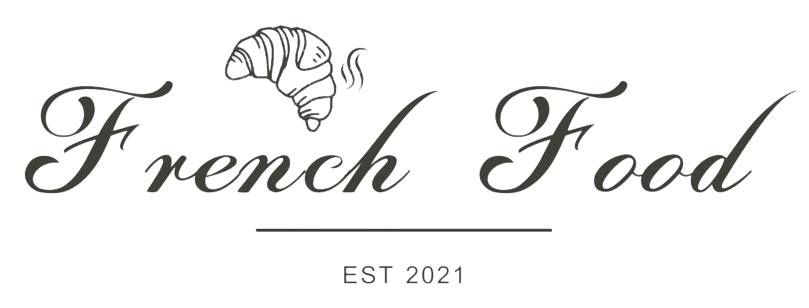Ruinart: the Best Champagnes and a History of this Beloved Brand
We may earn a commission through all links on this website. As an Amazon Associate, we earn from qualifying purchases.Ruinart is a French champagne house that was founded in 1729 by Nicolas Ruinart, making it the oldest established champagne house in the world. Nicolas was the nephew of Dom Thierry Ruinart, a Benedictine monk who had a keen interest in winemaking and had sent his nephew to study commerce to help him with his wine business.
Nicolas saw the potential of the emerging sparkling wine industry and decided to focus on producing high-quality champagne. At the time, champagne was a new and experimental product, and it was considered a luxury item for the wealthy. Nicolas saw an opportunity to create a new market for champagne, and he began selling his champagne to the royal court and other high-ranking members of society.
Ruinart is renowned for its signature blend of Chardonnay, Pinot Noir, and Pinot Meunier grapes, which they have produced since the 18th century.
Over time, Ruinart has continued to grow and develop its reputation as a leading champagne house. In 1768, Ruinart produced its first rosé champagne, and in 1896, it was one of the first champagne houses to use the newly invented Champagne bottle shape.
Ruinart has been passed down through several generations of the Ruinart family, and in 1963, it was acquired by the luxury goods company Moët Hennessy.
Today, Ruinart continues to be known for its high-quality, elegant champagne, and it has a reputation for producing some of the finest champagnes in the world. The brand has earned numerous awards and accolades, including the Grand Prix at the International Wine & Spirits Competition in 2019.
It remains a favorite of connoisseurs and is one of the oldest and most prestigious Champagne houses in the world.

Ruinart Blanc de Blancs
Ruinart Blanc de Blancs is a popular type of champagne produced by Maison Ruinart, the prestigious Champagne house in France. This specific champagne is made exclusively from Chardonnay grapes, often sourced from the Côte des Blancs and Montagne de Reims vineyards.
Blanc de Blancs means “white from whites,” referring to the white grapes used in the production. The result is a delicate, fresh, and elegant champagne, known for its bright acidity and minerality. It’s often enjoyed as an aperitif or paired with light dishes such as seafood or salads.
Ruinart Vineyards
The Ruinart Champagne house sources its grapes from various vineyards in the Champagne region of France. This includes prestigious locations such as the Côte des Blancs and the Montagne de Reims. Ruinart collaborates with grape growers throughout the region, as well as cultivating some vineyards themselves, to produce their range of champagnes.
Visiting the Ruinart Cellars
The Ruinart Crayères refers to the ancient chalk quarries or cellars that are part of Maison Ruinart in Reims, France. These cellars were dug out over centuries and extend over multiple levels beneath the city. The term “crayères” comes from the regional word for chalk, and the cellars provide the ideal humidity and temperature conditions for aging champagne.
With a history dating back to the Gallo-Roman period, the Ruinart Crayères are not only essential to the champagne production process but are also considered an important historical site. They were classified as a French historical monument in 1931. The Ruinart Crayères are part of the Champagne Hillsides, Houses, and Cellars that were inscribed on the UNESCO World Heritage List in 2015.
Visitors to Ruinart can take guided tours of the Crayères, offering a unique insight into both the cultural heritage and the traditional methods of champagne production. Tours are available for €75 per person, offering a chance to explore the vast chalk cellars, learn about the champagne-making process, and taste some of the house’s offerings. The 2-hour tour in French and English should be reserved in advance and is open from January 21 until December 18.
